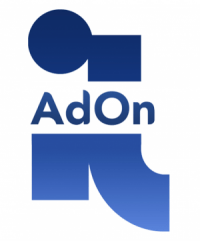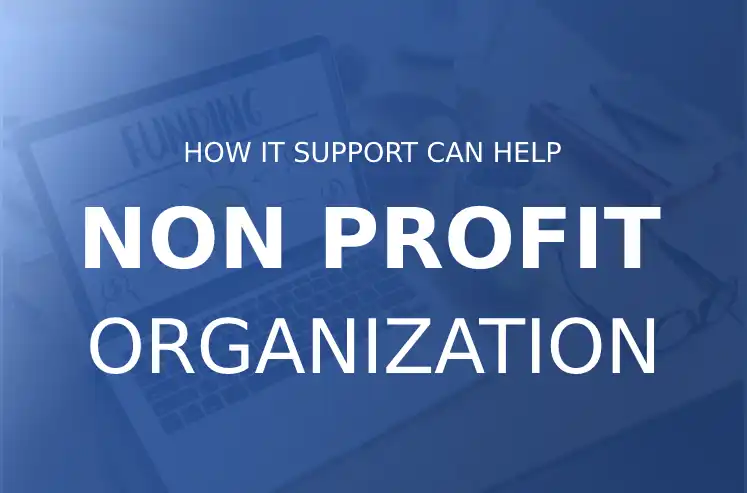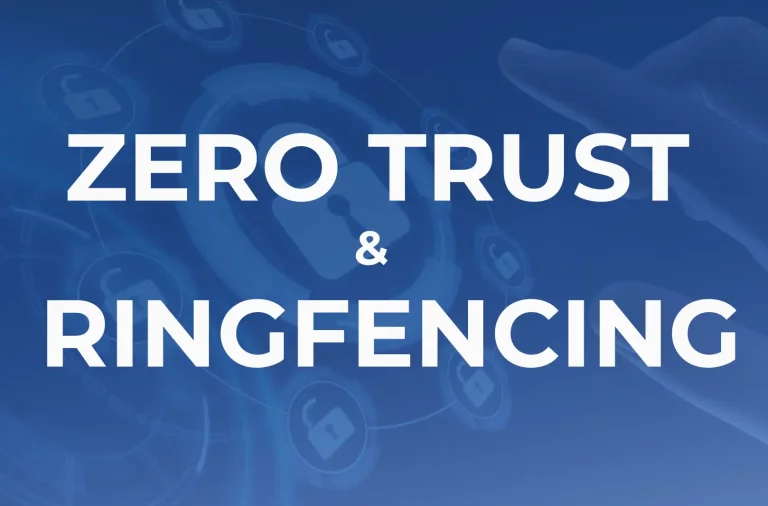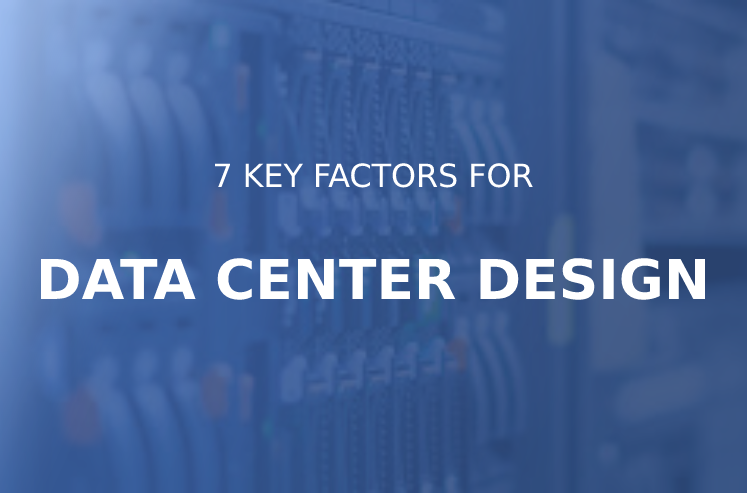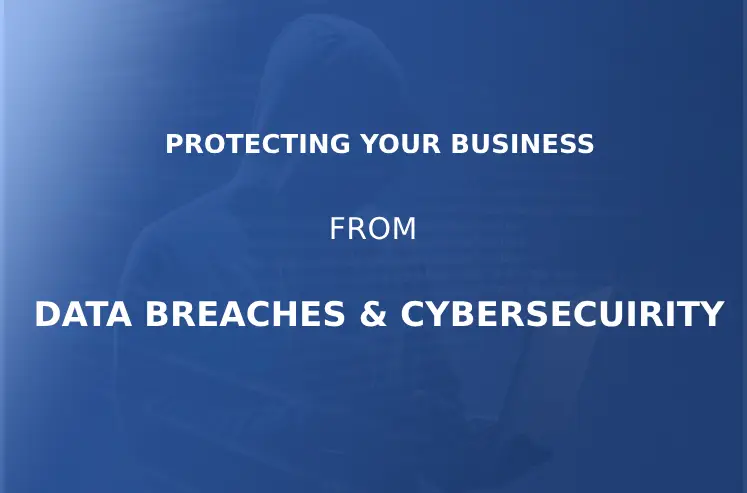Think back to the days when the Internet seemed like a brand-new, fun playground. A completely new universe of knowledge, contacts, and opportunities was available to us. However, it has become apparent over time that not everything in cyberspace is as private and safe as we’d like it to be.
The good news is that this is changing with the introduction of Web 3.0. You won’t have to worry as much about your data getting into the wrong hands or being followed by businesses thanks to Web 3.0, which promises a new age of consumer privacy and security.
So what is this new Internet? How is it different from its forerunners? I’m going to walk you through the fundamentals of Web 3.0 in this essay and explain why its promise of privacy and security is important to you. It’s time to unleash the potential of Web 3.0 and usher in a new era of internet safety!
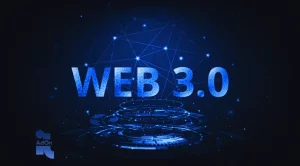
What Is Web 3.0?
Are you prepared for a new era of security and privacy on the internet? Thanks to Web 3.0, you can now. The newest version of the web, known as Web 3.0, promises increased interaction, personalization, and security for Internet users.
The World Wide Web has been updated to Web 3.0, which incorporates blockchain-based networks, distributed ledgers, and AI-enabled technologies into our existing technological stack. This makes it possible for websites to offer better services including customized information feeds, improved eCommerce experiences, secure data-sharing protocols, and more.
Web 3.0, in contrast to its predecessors, relies on peer-to-peer or distributed models to transfer data between devices all over the world. This boosts the overall security of your online activity and makes it more difficult for fraudsters to access your information.
It also opens up a world of opportunities for web designers, enabling them to build highly dynamic websites with previously unattainable real-time user interaction capabilities. We are approaching an exciting new age that promises internet users never-before-seen levels of privacy and security because of Web 3.0’s innovative digital architecture.
Advantages of Web 3.0
Have you heard about Web 3.0, the next era? It is the most recent advancement in internet privacy and security—a significant improvement to your online browsing that guarantees the safety, security, and complete anonymity of your info. Web 3.0 is elevating digital privacy and security to a new level by utilizing decentralized networks and cutting-edge encryption.
Here are a few benefits of this new technology that will be explained in detail:
Decentralized Networks:
Web 3.0 frees you from centralized servers and makes you less vulnerable to malicious actors like hackers or governmental spying. Instead, your data is spread out across a wide network of servers, making it difficult for unauthorized users to access or change your data.
Advanced Encryption:
If you want to keep your information confidential, you should be concerned about the possibility of tracking and monitoring every piece of data sent through conventional networks and websites. However, Web 3.0 has greater security features that make it practically difficult for your data to be intercepted or altered by hostile developers owing to cutting-edge encryption protocols like Secure Content Protocol (SCP) and Secure Socket Layer (SSL).
Increased Privacy:
By default, Web 3.0 doesn’t ask you for any personally identifying information when you join, giving you more online anonymity and removing any threat of data theft or privacy invasion!
How Peer-to-Peer Networking Affects Privacy & Security
Peer-to-peer networking is a phrase you may have heard while discussing the internet, but do you truly grasp what it means? Here’s how peer-to-peer networking functions: instead of storing and processing data on a single server or network, the data is distributed across many computers, each of which functions as a node.
The outcome? is a method that is quicker and more effective while also being more private and safe. This is why:
No Centralized Data Storage
Data is dispersed via a decentralized network using peer-to-peer networking. Therefore, no one government or entity can have total control over the data being kept or shared. Because there isn’t a single location where all the data is stored, it is quite difficult for hackers to access your personal information.
Decentralized Networking for Faster Downloads
Downloads go more quickly because the data isn’t consolidated in one location. In contrast to peer-to-peer networks, where downloads can be distributed across several computers, your download speed can be increased, when you download from a centralized server, such as those used by Netflix or YouTube, you are fundamentally constrained by the speed of that server.
What role does Web 3.0 play in this, then? We have finally entered a new era of privacy and security on the web thanks to the combination of these two technologies in Web 3.0, which creates a more secure infrastructure for Internet users to access data without losing speed or privacy!
Identity Management Platforms in Web 3.0
When it comes to online activity, identity is crucial to each and every one of us. Web 3.0 places a strong emphasis on identity management tools to give you more ownership and control over your own digital identity. This enhances web users’ privacy and security since users may keep and manage their personal data in a safe, private setting.
Platforms for identity management are also simple to use. All you have to do is create an account with a recognized provider, enter your personal information, and then link your digital identity to other accounts on websites like social networking or financial services. Instead of having to remember several passwords or codes, you will be able to access those services with only one login and password as a result.
Additionally, you have the option to encrypt your personal data and information before storing it on these management systems. This additional layer of protection aids in preventing hostile efforts by hackers or cybercriminals looking to get access to private data like bank accounts or social security numbers.
In brief, Web 3.0’s identity management platforms allow you to keep control over who has access to your data, providing you more confidence while utilizing the internet for anything from banking to shopping.
Challenges of Implementing Web 3.0 Security Protocols
Implementing Web 3.0 security procedures may be difficult, whether you’re an internet consumer or a corporation. You must be familiar with the technology, comprehend the hazards involved, and prepare for the ongoing maintenance of your system.
Thankfully, there are certain resources and services that might assist to simplify this procedure.
Security Software & Services
One approach to guarantee your privacy and security when utilizing Web 3.0 is to use cutting-edge security tools and services. For instance, sophisticated two-factor authentication procedures will help keep hackers and other malicious actors out of your system. VPN networks can add an extra layer of security while you’re online. All of these measures will help protect your data from being accessed without your permission.
Data Management & Governance Platforms
Platforms for data management and governance are also critical for companies that aspire to lead in the Web 3.0 era. These systems provide safe storage, management, tracking, auditing, and access to digital assets. They also offer insight into who has access to what data, ensuring that only those with legitimate authorization may view important documents or files.
These tools are necessary for any company operating in the Web 3.0 era because they provide the security protocols required to safeguard sensitive information from cyberattacks or unauthorized access, they facilitate the management of digital assets, and they help organizations comply with international cybersecurity regulations that are constantly changing.
Moving Forward: Achieving Higher Levels of Security With Web 3.0
The capacity of Web 3.0 to offer customers stronger levels of security than ever before demonstrates the strength of the technology. Web 3.0 apps strive to design a more secure user experience from the bottom up by relying on distributed ledger technology and cryptographic protocols.
Cryptographic Protocols
Web 3.0’s usage of cryptographic protocols like Proof-of-Work (PoW) and Zero-Knowledge Proofs is one of its most crucial security aspects. (ZKPs). Double-spending, which occurs when an attacker tries to use the same funds twice without being noticed, is avoided by these methods. The danger of double-spending and other malicious attacks that may be used to steal digital assets or influence transactions can be significantly decreased by adopting these protocols in Web 3.0.
Decentralized Applications
Furthermore, Web 3.0 apps are frequently decentralized, which means they aren’t kept on a single server and can’t be controlled centrally by bad actors. As a result, it is far more difficult for attackers to compromise the system because doing so would need them to concurrently target several computers located in various regions in order to take control of the program. Users are more protected when using Web 3.0 applications thanks to this extra layer of security.
In comparison to current web technologies like HTTP or SSL/TLS encryption methods, Web 3.0 offers consumers unparalleled degrees of security by utilizing cryptographic protocols and decentralized apps. Web 3.0 is ushering in a new era of privacy and security for internet users throughout the globe with its enhanced ways of securing data and guaranteeing secure transactions.
The Problems with Web 2.0
Do you ever have the impression that the internet is not effectively protecting your data? This is because security and privacy were not considered when designing Web 2.0.
You have to consider how Web 2.0 operates; millions of users are hooked into their accounts, generating a vast data repository that hackers may readily access. Additionally, data is kept on centralized servers, which might be attacked by bad actors.
Lack of Transparency
Additionally, consumers are often unaware of exactly who has access to their information and how it is being utilized because Web 2.0 apps generally lack transparency when it comes to user data. Because of all of this, consumers don’t have control over their data or privacy; instead, businesses frequently exploit user information for marketing or other business-related purposes.
Change is needed, and Web 3.0 is here to provide it! Users will be able to surf the Internet with confidence knowing that their data will remain safe from prying eyes and nefarious actors alike thanks to better security protocols and decentralized storage alternatives.
The Promise of Web 3.0
Internet users will soon have access to a whole new level of privacy and security thanks to Web 3.0. The fundamental concept is decentralization: data is disseminated across various sources rather than being stored in a single, centralized location, increasing its security and privacy.
Enhanced Security
When it comes to security, decentralization offers a number of benefits. Data is dispersed across several places, which makes it more difficult for bad actors to hack into a single source. To gain access to the data, hackers would need to successfully infiltrate numerous nodes at once (each node is a separate site where the data is stored).
Additionally, Web 3.0 allows for the use of a number of security mechanisms, like two-factor authentication and encryption, to further protect your data. No matter what device you’re using or where you are in the globe, only those with access keys, like you, will have access to your information.
Private Data
Another important aspect of Web 3.0 is privacy: you no longer have to worry about your information being sold or kept captive by some dubious third-party source. Web 3.0 gives you complete control over who has access to and uses your information. Additionally, anyone attempting to obtain the data won’t know exactly where to look for it because the data isn’t kept in a single location but rather scattered among several nodes.
In other words, using Web 3.0 technologies gives you access to a potent tool for greater online privacy and security, which is now more important than ever in this day and age.
Key Takeaways
Internet privacy and security have a new frontier with Web 3.0. It gives consumers access to information from any device, the capacity to securely store and exchange data, and the ability to control their identity. Peer-to-peer networking, decentralized apps, and blockchain technology are ushering in a new era of trust and transparency for Internet users with Web 3.0.
Whether you work for a company, are a person, or represent a government organization, Web 3.0 has the potential to completely change how you access and utilize the internet. Web 3.0 can help you harness the potential of the internet to obtain more secure access to the information you need because of its unique capacity to provide consumers control over their data and privacy.
Discover the next generation of online privacy & security with ITAdOn. Our cutting-edge cybersecurity solutions empower you to unlock the power of Web 3.0 safely. Contact us today to experience a new era of protection against cyber threats and safeguard your online activities.
